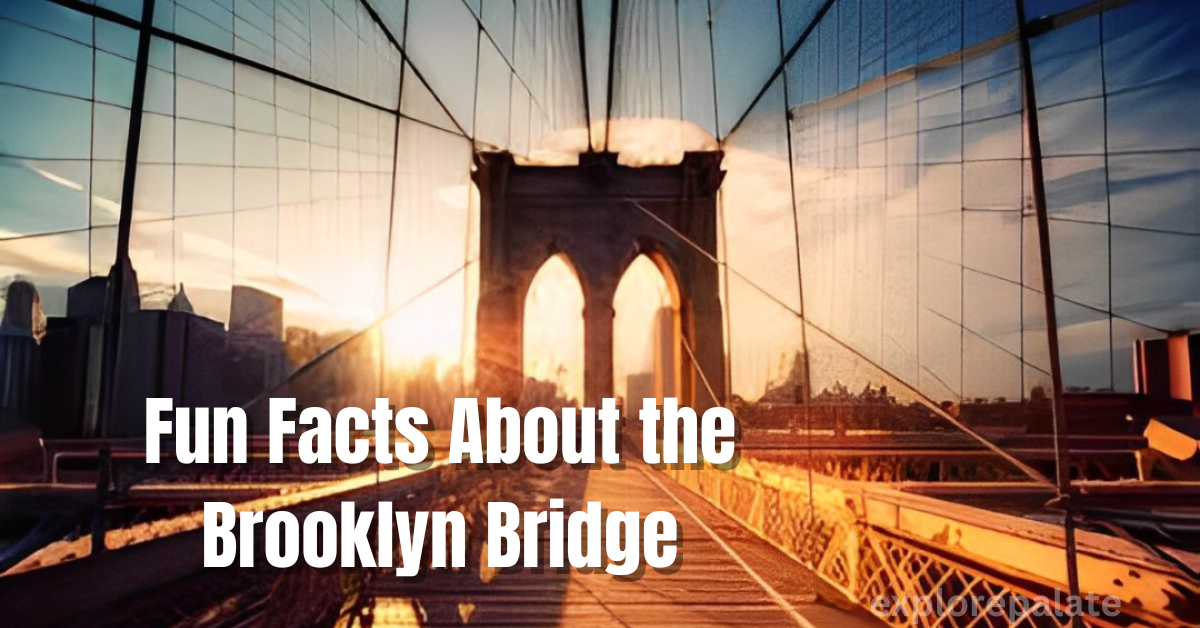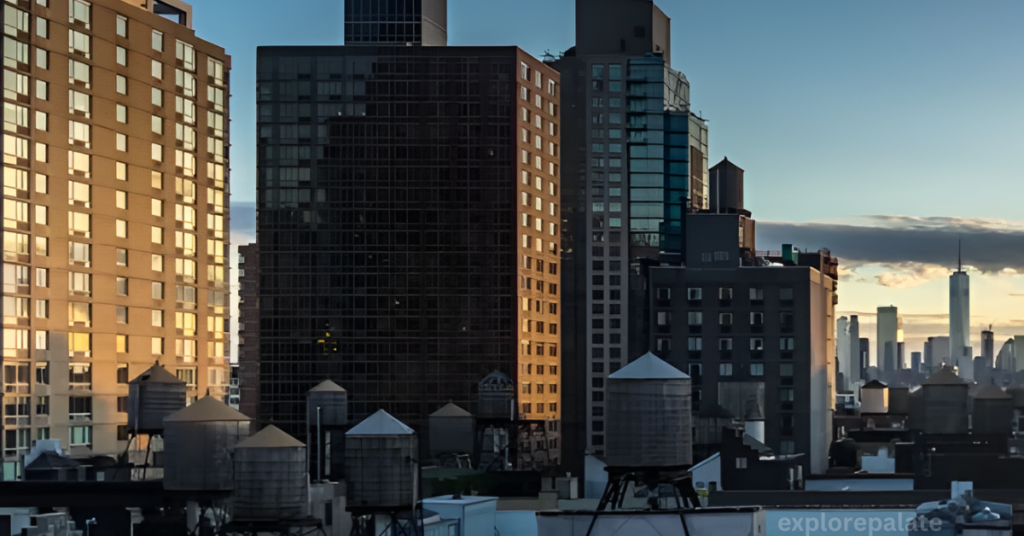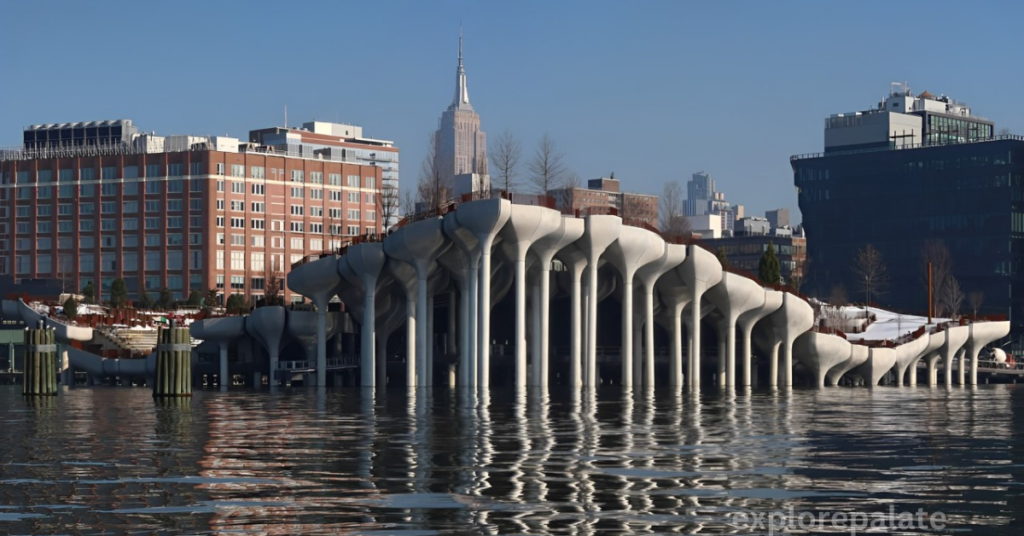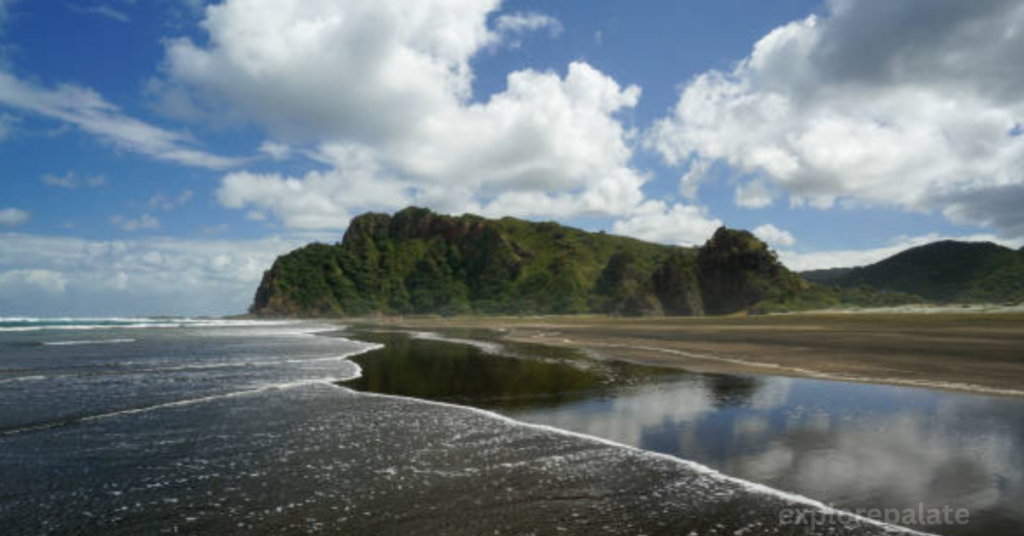As an expert Googler and proud nerd on a mission to uncover the most interesting nuggets of information, the Brooklyn Bridge stands out as an exhilarating marvel of 19th-century engineering. It’s not only one of NYC’s must-see landmarks, but it’s also a must-photograph spot that never fails to impress and delight. With its stunning architecture and rich history, it’s a testament to New York’s status as one of the world’s best walking cities.
Visiting this bridge is an exhilarating journey that offers remarkable secrets and fun facts, perfect for winning trivia night or just to take your breath away. From its iconic place in the city’s skyline to the experiences upon its streets, the Brooklyn Bridge never fails to offer a remarkable walking experience, boasting a rich history and architecture that stands as a solid landmark to both locals and tourists on their journeys through New York.
A Brief History Of The Brooklyn Bridge
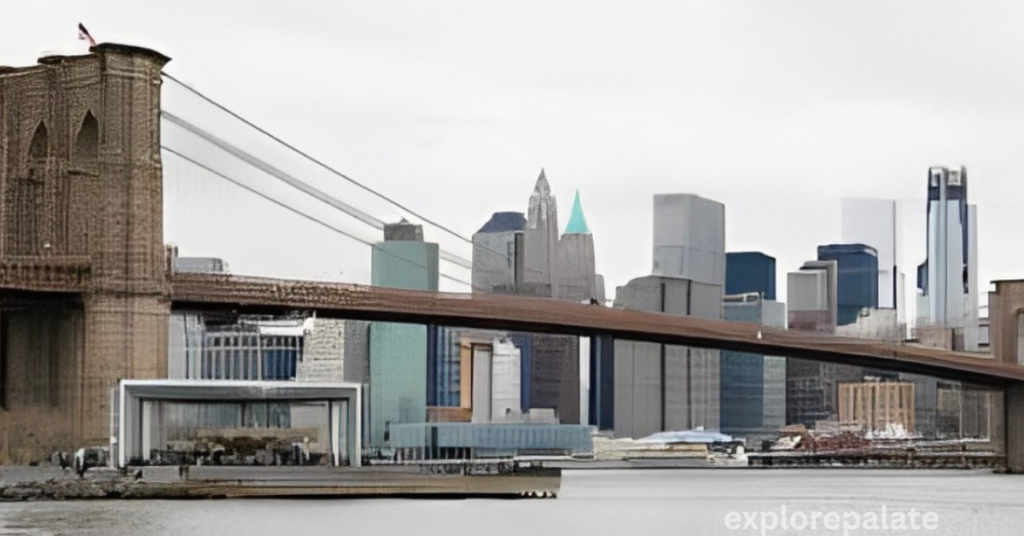
When one embarks on a journey to explore the landmark that is the Brooklyn Bridge, they’re not just traversing an expanse of water; they’re walking through a chronicle of New York. The story of how it all began is as riveting as the bridge itself. The idea originated from a desire to connect Manhattan and Brooklyn, an inconceivable dream that turned into an awe-inspiring reality. As we dive into history, we understand and appreciate the countless hours and efforts that made this journey possible.
Filled with juicy tidbits and fun facts, each step along this massive structure reveals a new chapter of an ever-evolving story. As a bit of a bridge enthusiast myself, who’s spent many hours delving into its past, New York’s iconic bridge offers more than just a path over the East River; it provides a timeless reminder of what can be achieved with imagination and determination.
The visionary behind the Brooklyn Bridge
John Augustus Roebling, the German-born civil engineer, had a career rooted in perfecting suspension bridge technology. His fascination began with studying the foundation of construction at university, honing his skills whilst working on various projects in Europe. His pursuit of knowledge and innovation led him to the United States, a place of immeasurable challenges and boundless opportunities. Here, his expertise in building bridges that spanned the rivers of Niagara, Kentucky, and Ohio, painted him as an iconic figure in engineering.
NYC became the canvas for his grandest vision: constructing an audacious bridge to span the gap between Manhattan and Brooklyn, transforming New York’s vibrant bustling metropolis, and improving transportation between the boroughs. Before the bridge, the ferry was the only means to journey across, but Roebling’s unwavering determination and ability to dare to dream big propelled the monumental project forward. Despite extreme adversity, realizing the dream of this landmark stood as a testament to his visionary spirit, establishing what would become a remarkable feat in NYC and a monumental landmark connecting not just two boroughs but also the essence of innovation with every traveler’s journey.
Who Built The Brooklyn Bridge: The 4 Major Players
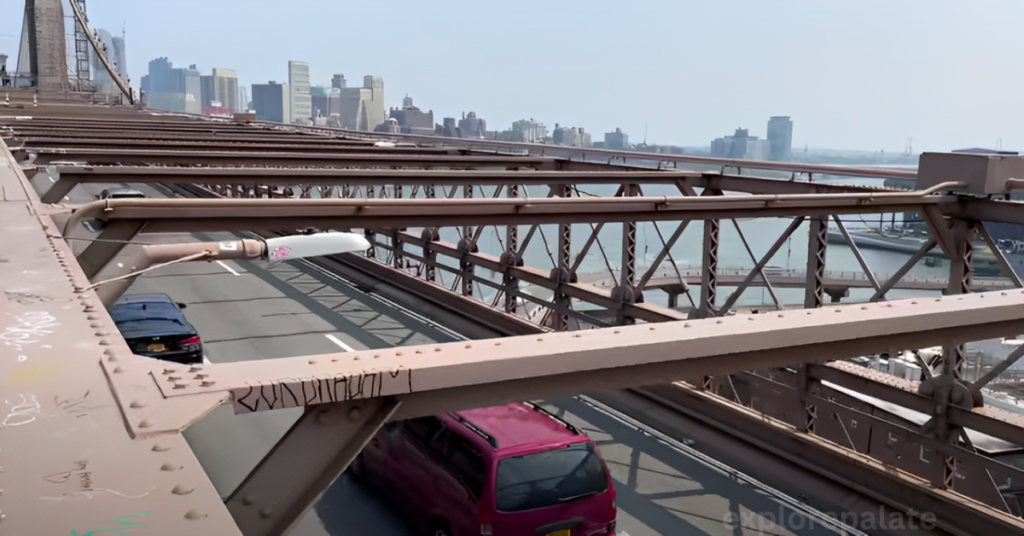
John augustus roebling
The foundation of the Brooklyn Bridge was laid by a visionary German immigrant and engineer, John Augustus Roebling, who envisioned a suspension bridge that would become an architectural marvel. His design and engineering prowess set the stage for a bridge that would, after his untimely death, reach its fruition and change the New York skyline forever.
William “Boss” Tweed
William “Boss” Tweed, the influential and infamously corrupt head of New York City’s Tammany Hall, used his political influence and shady tactics to secure the funding for the Brooklyn Bridge. His role, though mired in controversy, was undeniably pivotal in the bridge’s inception and construction.
Washington augustus roebling
Washington Augustus Roebling, as the Chief Engineer, triumphed over personal adversity following a crippling injury while overseeing the bridge’s construction. His meticulous attention to detail helped him navigate complex engineering challenges and implement innovative solutions, ensuring the successful completion of his father’s grand design.
Emily warren roebling
Behind every great man, there’s an often-unsung hero—in this case, it was Emily Warren Roebling, the wife of Washington, who played a vital role in the construction and completion of the Brooklyn Bridge. When her husband’s health deteriorated, her tenacity and intelligence became core to the project’s continuation and success.
10 Fascinating Facts About the Brooklyn Bridge

1. 14 years and 600 workers
14 years to construct, a workforce of 600 workers, and a budget of $15 million gave rise to an iconic bridge during the Industrial Revolution. Physically connecting Manhattan and Brooklyn since 1883, this bridge has been monumental in transforming transportation. Supported by four cables, each 3578 feet long and 15.5 inches thick, constructed of 21,000 individual wires and a total of 6,740 tons of material, it stands as a testament to engineering brilliance.
2. First-of-a-kind
This first steel-wire suspension bridge, built with a main span of 1,595 feet, was the longest in the world until the Williamsburg Bridge took over the record by a mere 4.5 feet. Its construction set a blueprint for future bridges worldwide.
3. Plagued by tragedies
Despite the triumph, the construction was marred by a human toll; 20 people died crafting this architectural masterpiece. Its designer, John A. Roebling, suffered a crushed foot leading to amputation and ultimately his death from tetanus. Moreover, workers fell, were hit by debris, and suffered from caisson disease, debilitating even the son, Washington Roebling, who became paralyzed.
4. Emily saved the day
When Washington was bedridden, his wife, Emily Warren Roebling, emerged as the unsung hero. Leading construction efforts and serving as assistant chief engineer for 11 years, she became a crucial part of the bridge’s history, even being the first person to cross it on opening day.
5. The name game went on and on and on
Initially referred to as the New York and Brooklyn Bridge and East River Bridge, it wasn’t until 1915 that it was officially named the Brooklyn Bridge.
6. Another tragedy
It opened amidst celebration, but tragedy struck again on Memorial Day, 1883, when a woman’s heel got caught in the planks of the pedestrian promenade, leading to screaming, a panic about a collapse, the death of 12 by being trampled, and numerous injuries.
7. 21 elephants to the rescue
After the stampede, to prove the bridge’s stability, 21 elephants, including the famed Jumbo, were paraded from Brooklyn to Manhattan. This story served as a happy ending and a clever promotional stunt.
8. 100,000 cars and 4,000 pedestrians
A busy place indeed, with 100,000 vehicles about 4,000 pedestrians, and 2600 bikes contributing to the daily traffic volume. A hotspot for photo ops and a thoroughfare for commuters.
9. Hidden treasures within
Beneath the Brooklyn side, original plans reveal an original shopping arcade at the Brooklyn Bridge Anchorage, later used for art exhibitions. Vault spaces once rented for storage space for wine became an impromptu wine cellar to finance the bridge. In 2006, city workers discovered a Cold War shelter on the Manhattan Side, stocked with medical supplies, blankets, and tons of now-expired crackers.
10. Falcons on top
The towers of the Brooklyn Bridge serve as a nesting place for Peregrine falcons, the bridge’s most esteemed tenants. Offering a room with a unique view, it’s not uncommon to see visitors observe these birds coming and going or even catch a few taking selfies with the falcons in the backdrop.
As someone who has studied engineering masterpieces, personal experience confirms that the Brooklyn Bridge stands as a pinnacle of architectural achievement, combining functionality with majestic design elements. It is a symbol of the strength and resilience of both New York City and its people, making it a structure that many, including myself, have deeply admired.
Conclusion
The Brooklyn Bridge is a testament to human ingenuity and determination, standing as an iconic piece of architecture and a symbol of New York’s resilience. It encapsulates a rich history of innovation, connecting not just two boroughs but the essence of progress and the enduring spirit of its people. This landmark is not just a sight to behold but a walk through history, cementing its place as a must-visit destination in the heart of NYC.
You Might Also Like
FAQs
What are 5 interesting facts about the Brooklyn Bridge?
More Odd and Interesting Facts About The Brooklyn Bridge – Part
1. You can’t think of New York without thinking of the Brooklyn Bridge
2. The Brooklyn Bridge and wine go hand in hand
3. There’s a bomb shelter on the Brooklyn Bridge
4. Peregrine falcons live on the Brooklyn Bridge
5. The Brooklyn Bridge had a few other names
How old is the Brooklyn Bridge?
The Brooklyn Bridge was designed by John A. Roebling. Construction began in 1869 and was completed in 1883. At the time, it was the longest suspension bridge in the world.
Why is the Brooklyn Bridge so special?
Considered a brilliant feat of 19th-century engineering, the Brooklyn Bridge was a bridge of many firsts. It was the first suspension bridge to use steel for its cable wire. It was the first bridge to use explosives in a dangerous underwater device called a caisson.
What is the nickname for the Brooklyn Bridge?
Though the bridge was sometimes referred. to as the “Empire Bridge,” Roebling, the bridge’s. 🇩🇪🇺🇸 engineer, himself called it the “East River Bridge,”
What is the most famous thing in Brooklyn?
Brooklyn Bridge. Although the Brooklyn Bridge is no longer the largest suspension bridge in the world (as it was when it opened in 1883), it’s still an iconic New York City landmark.

